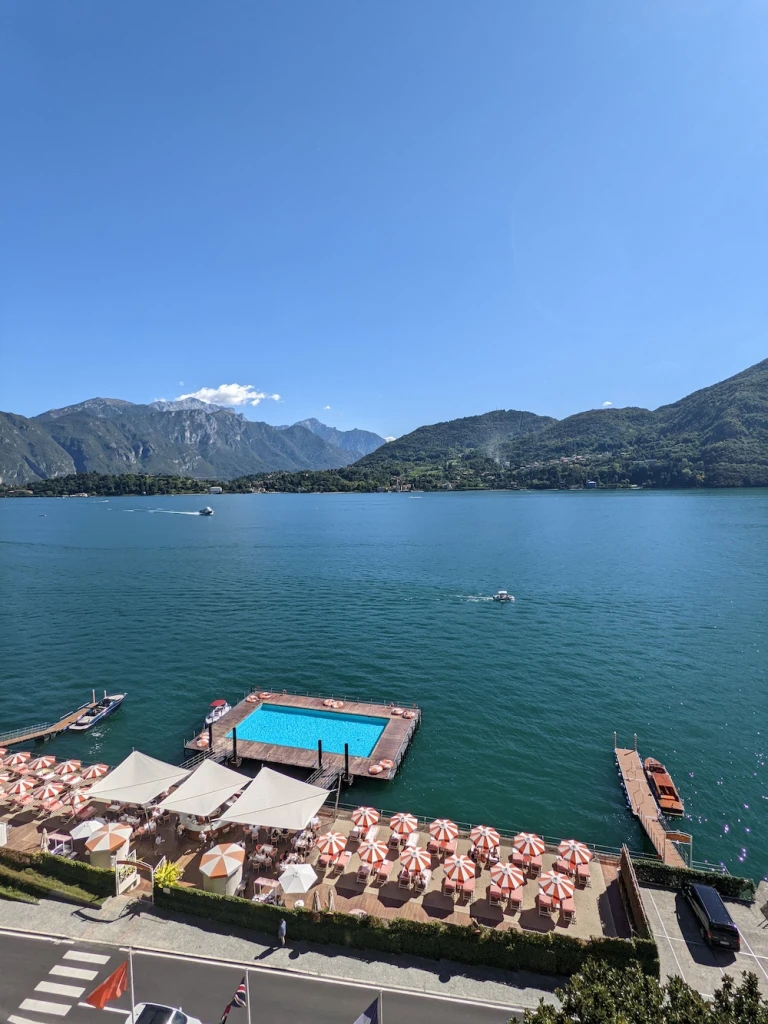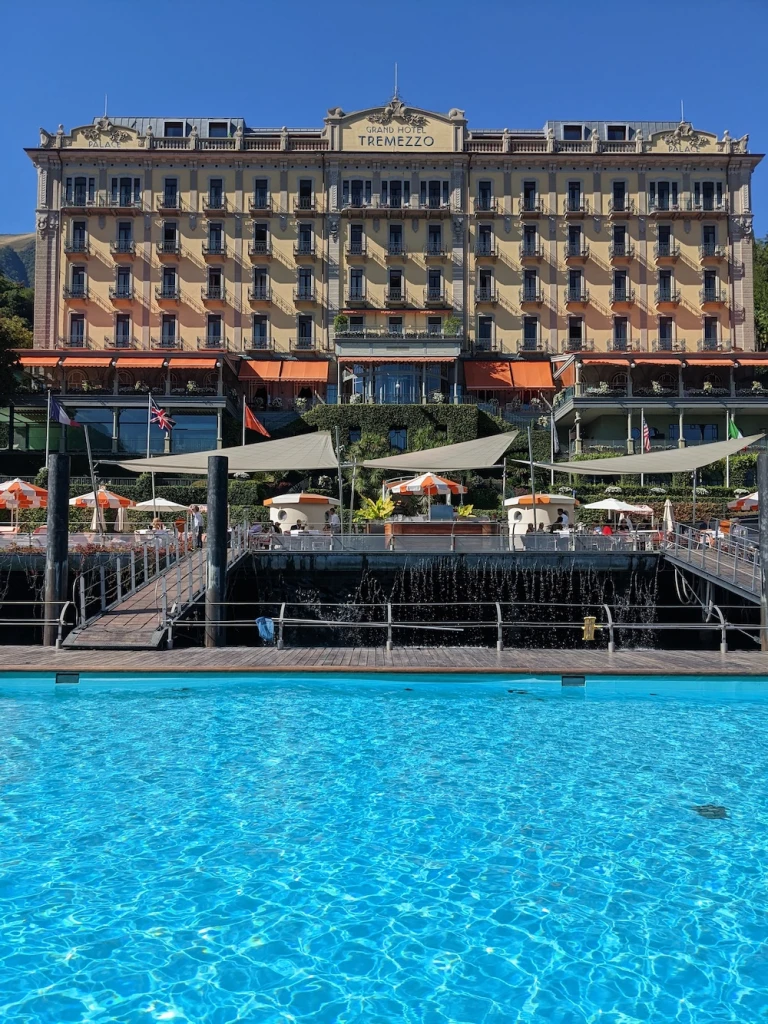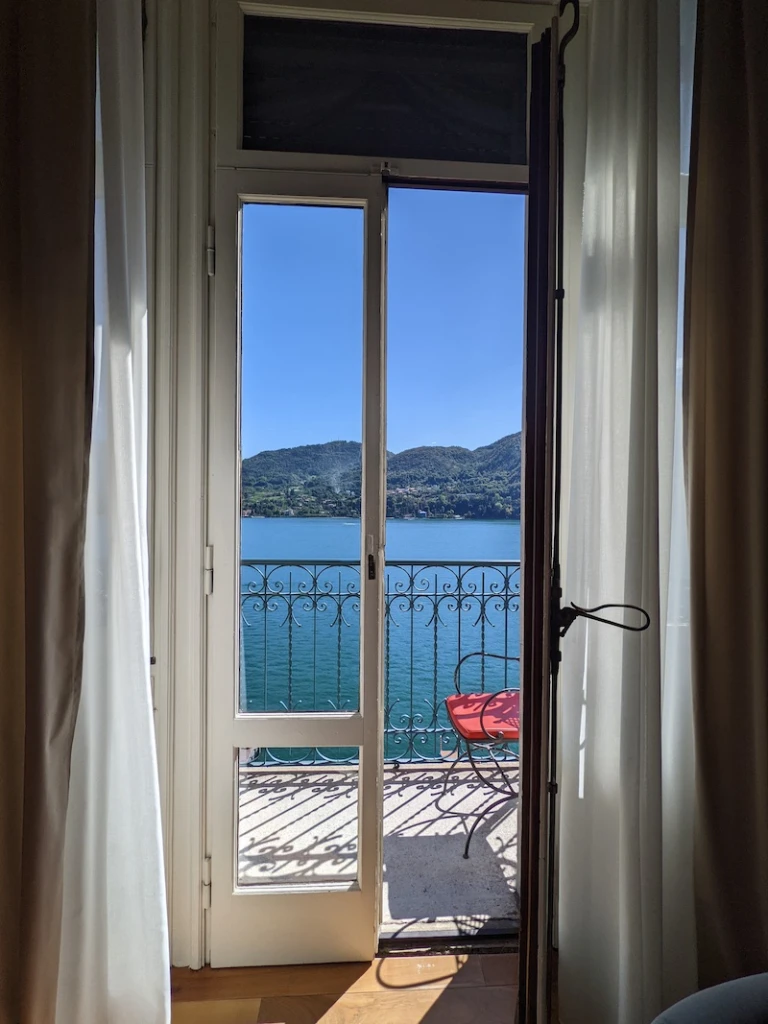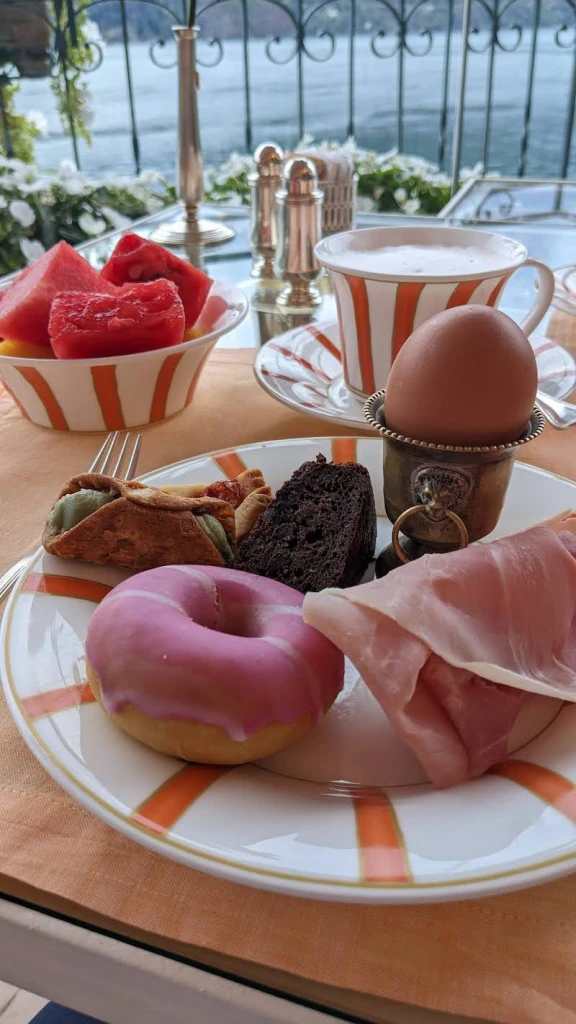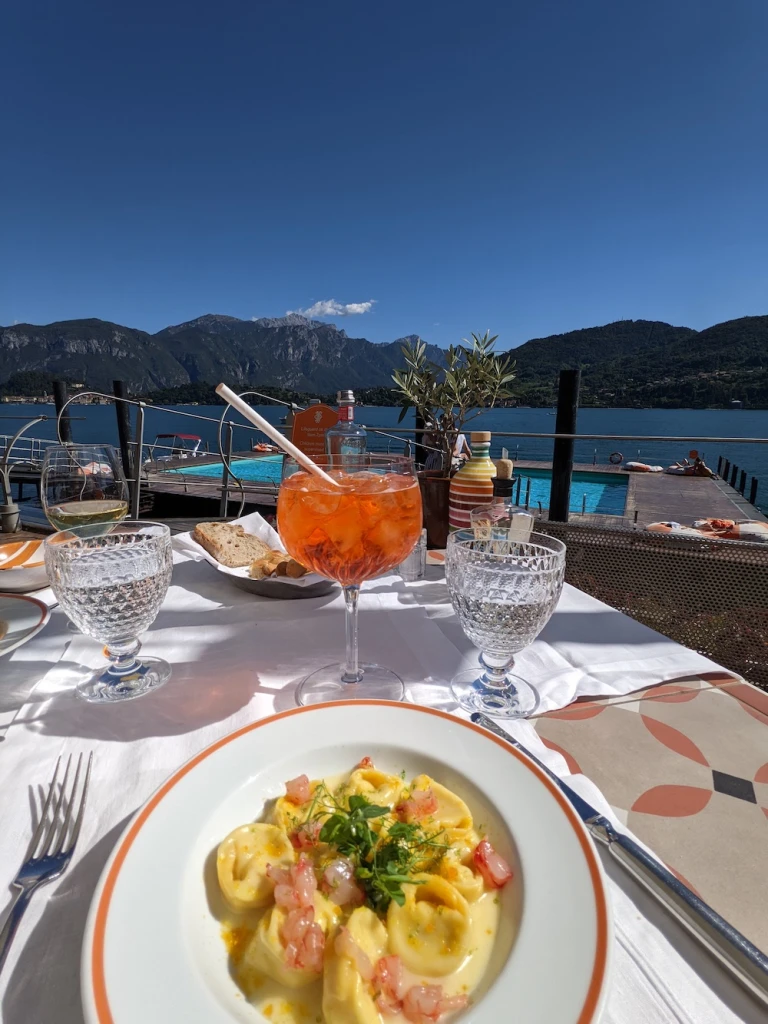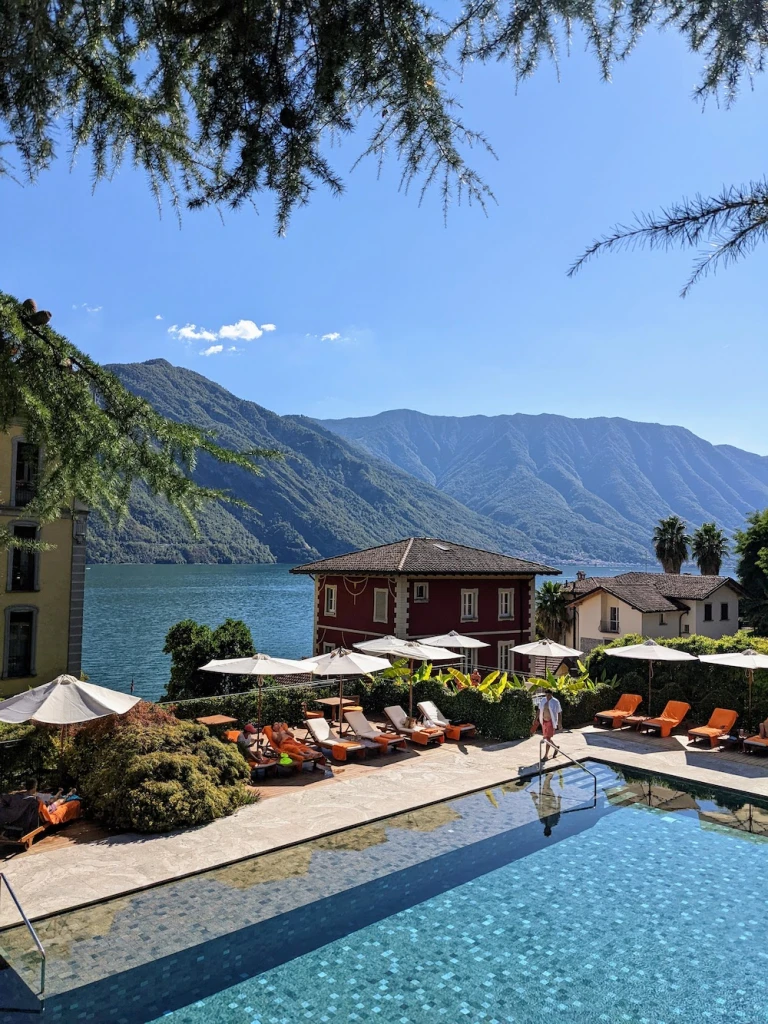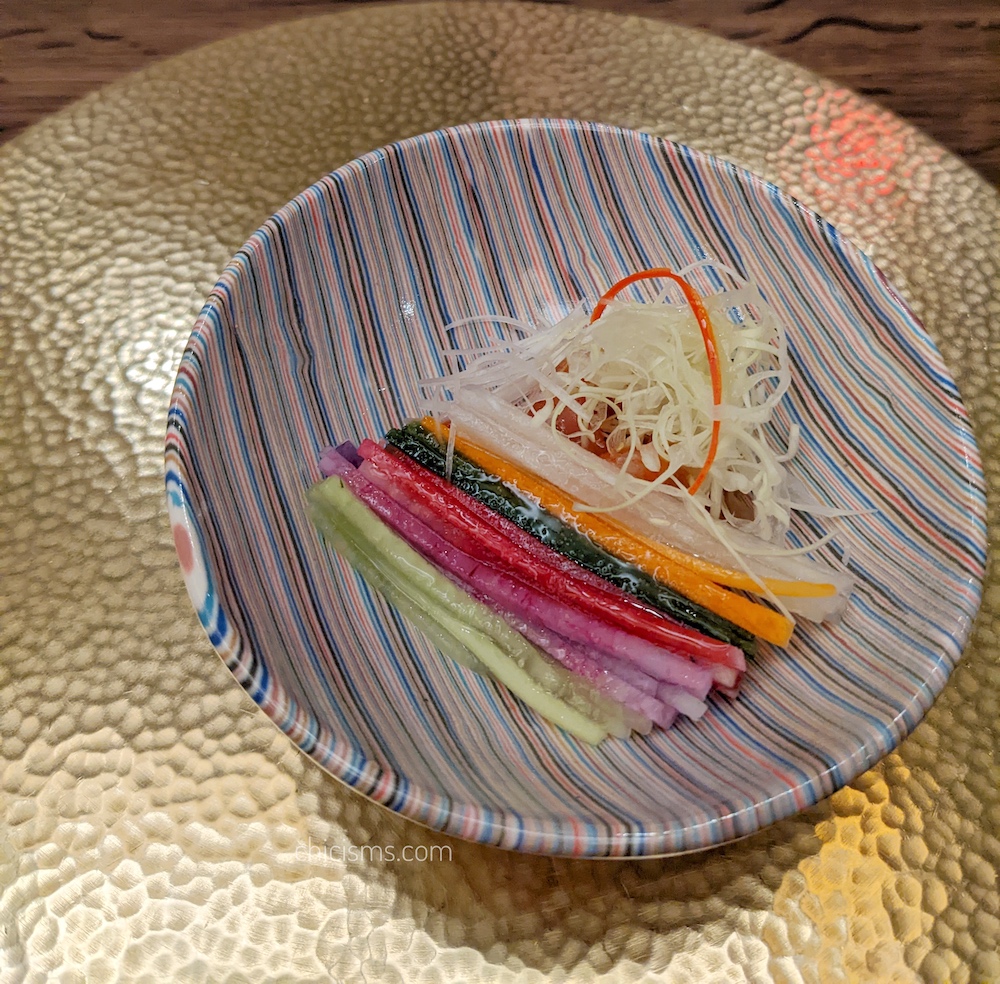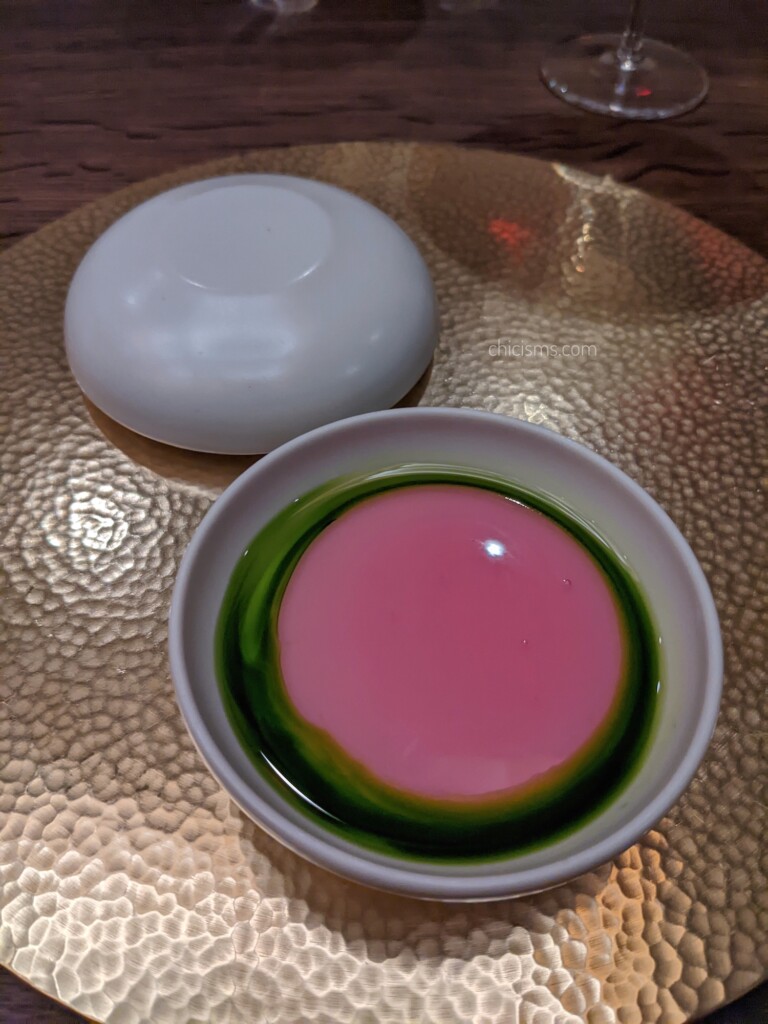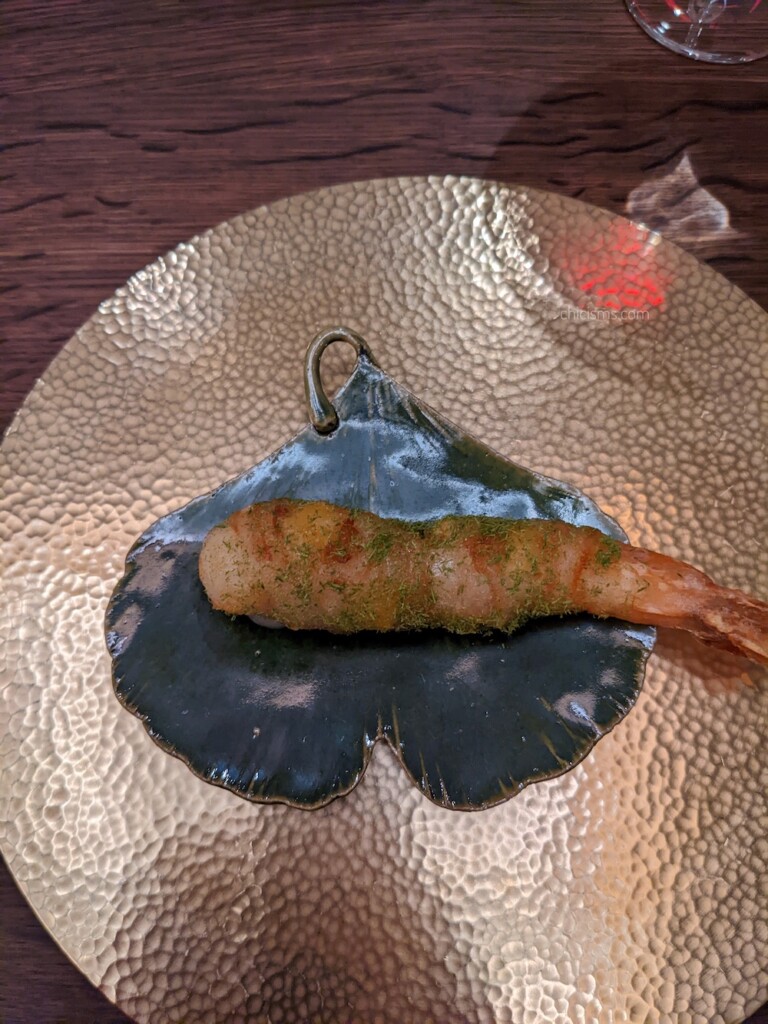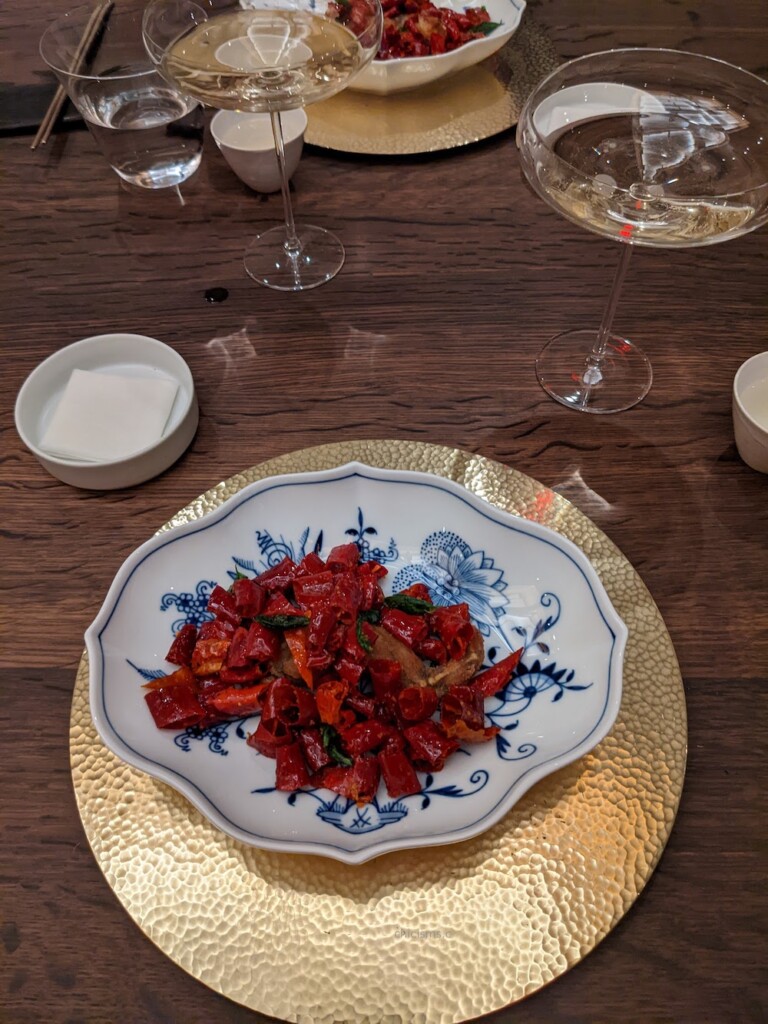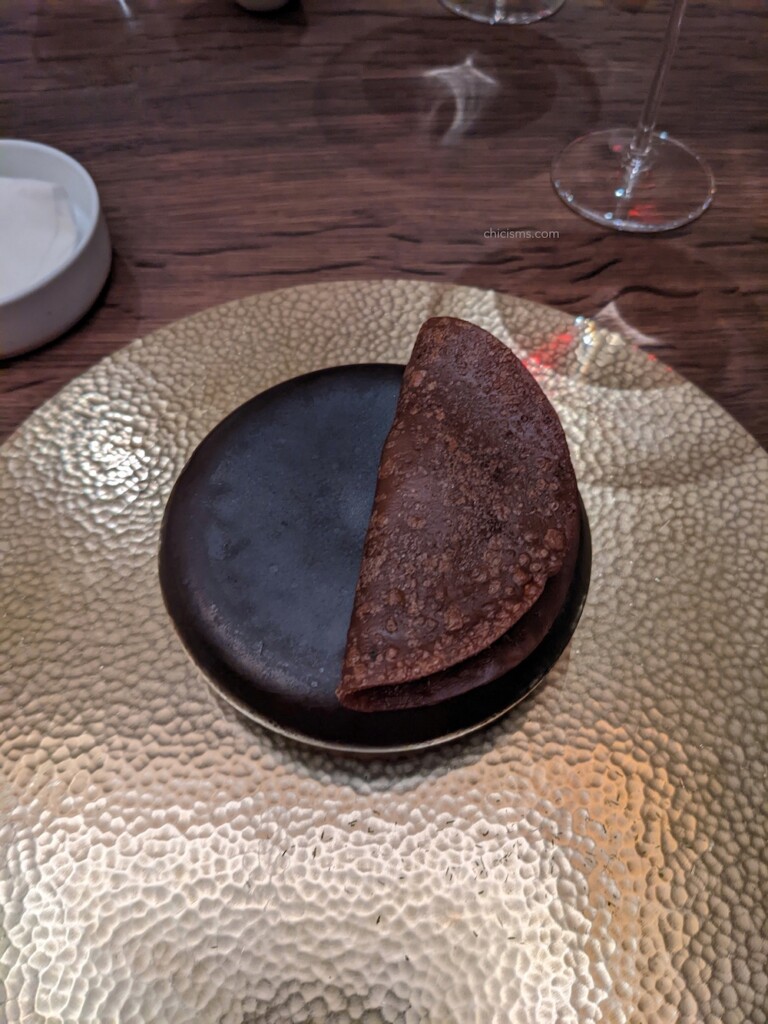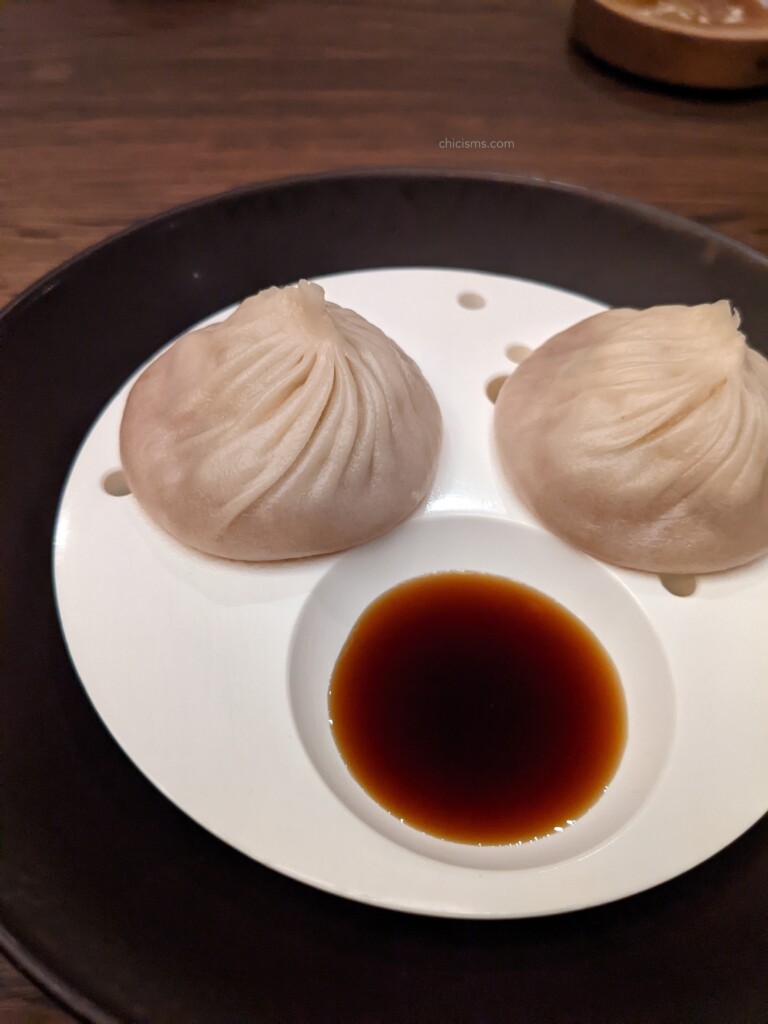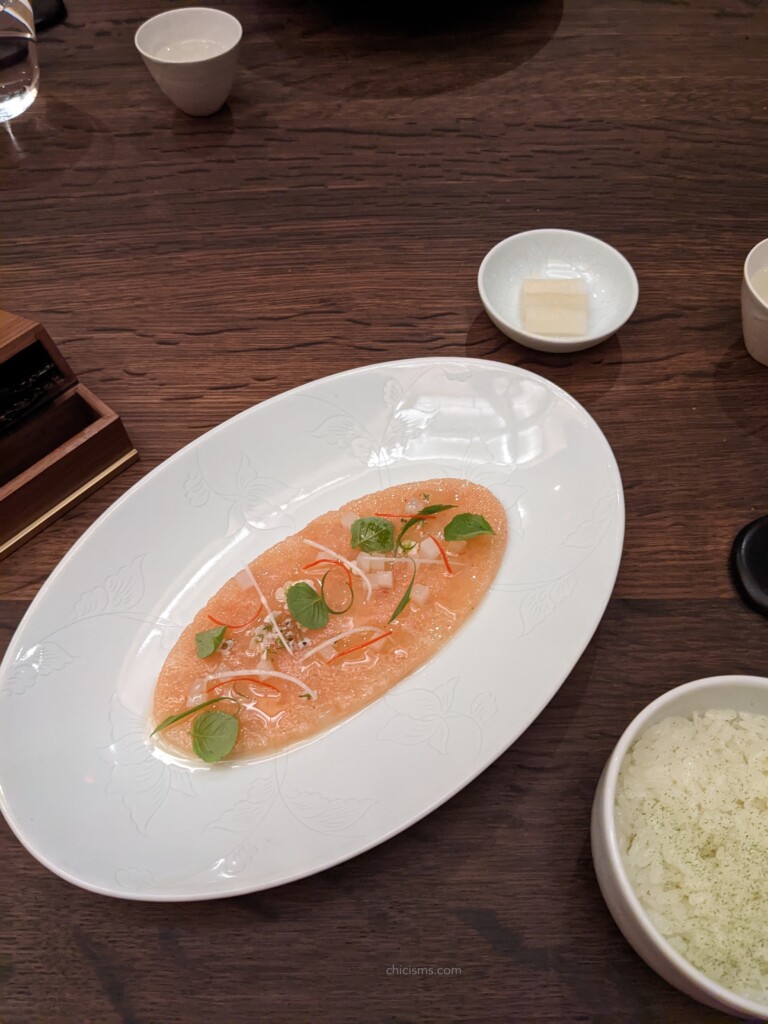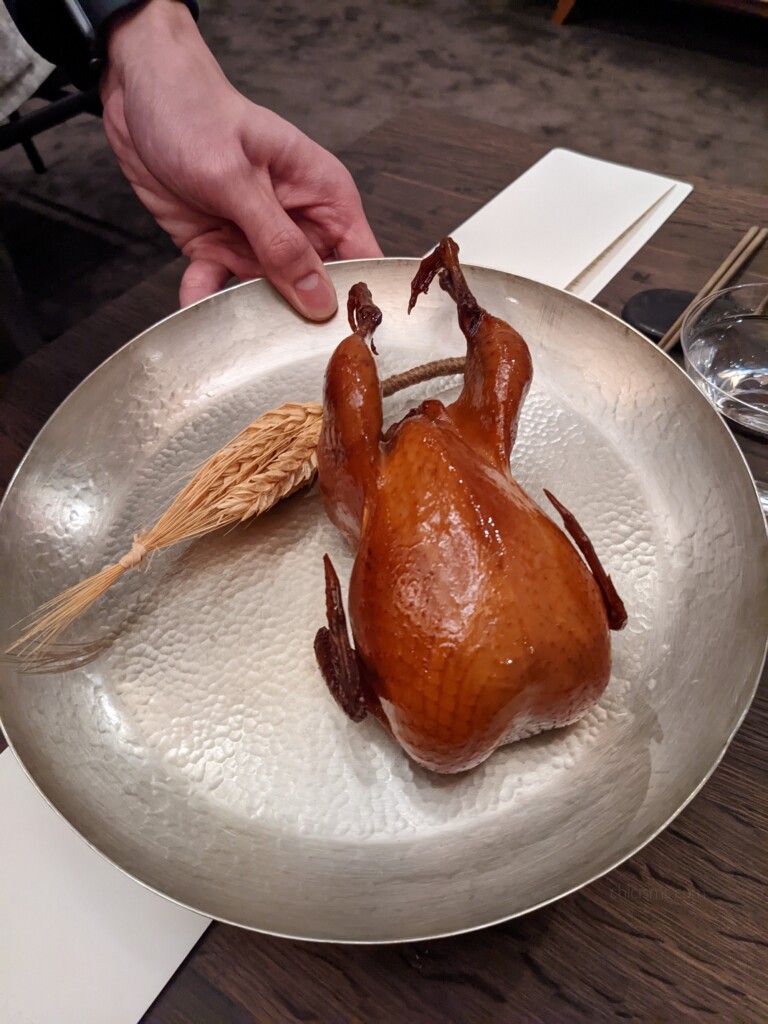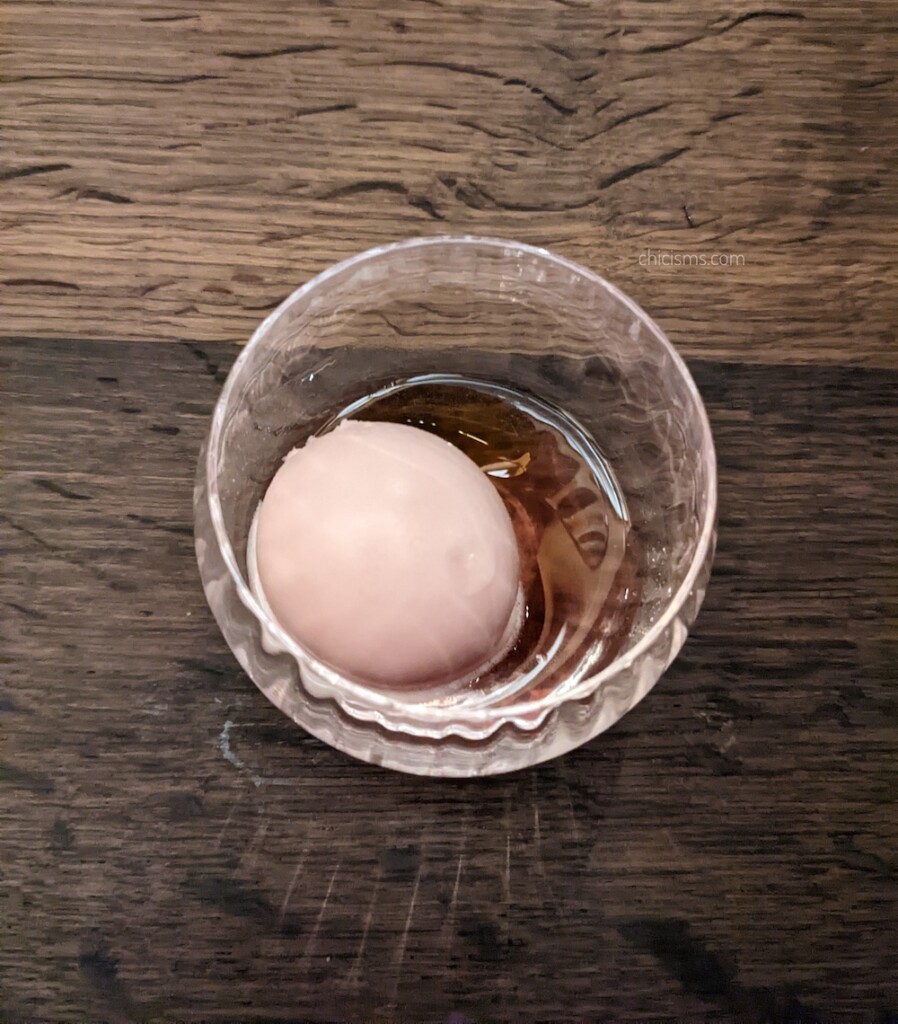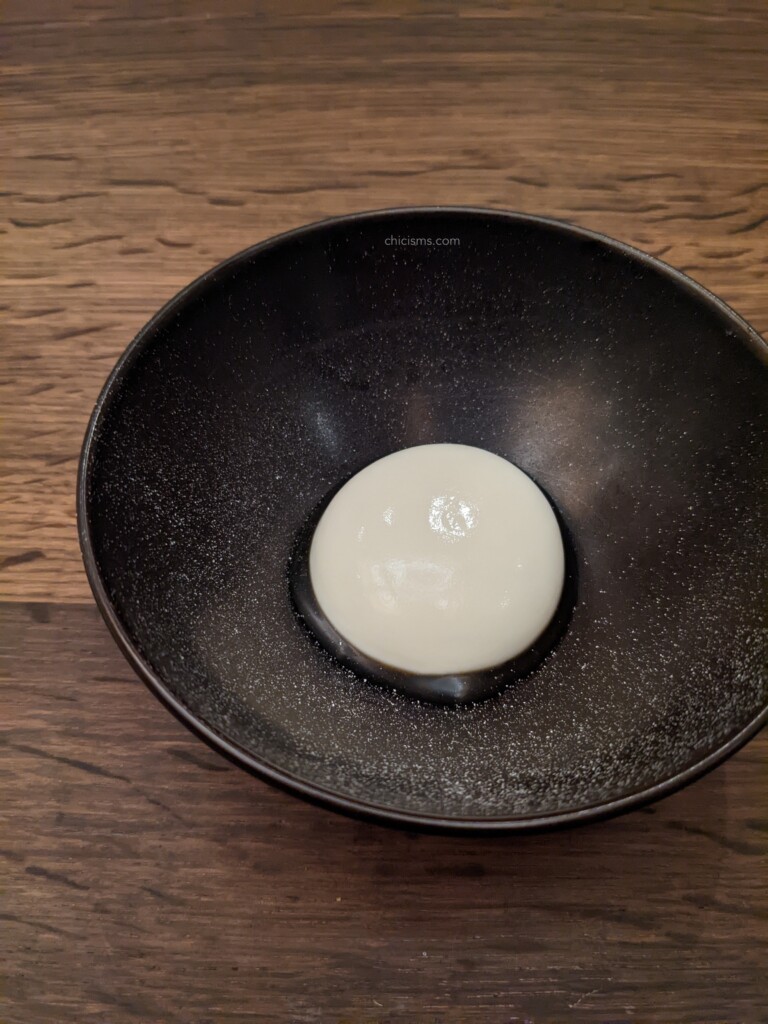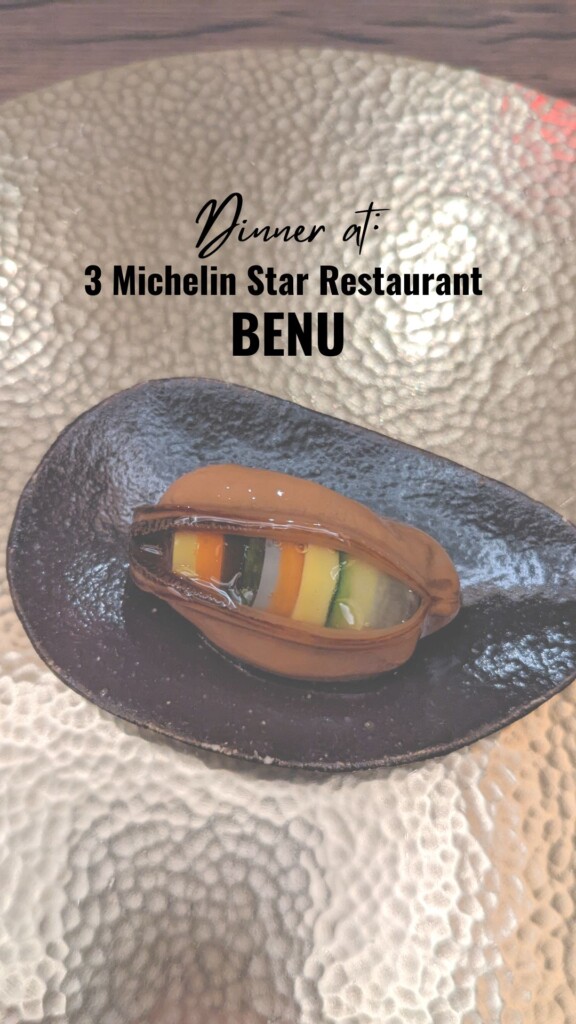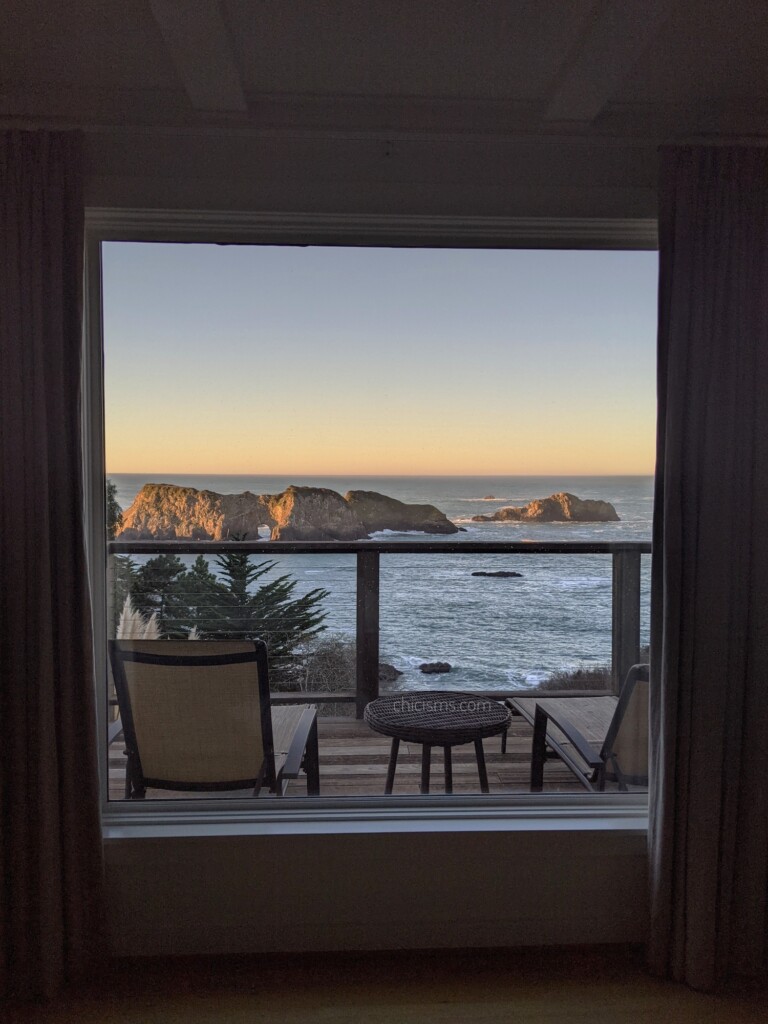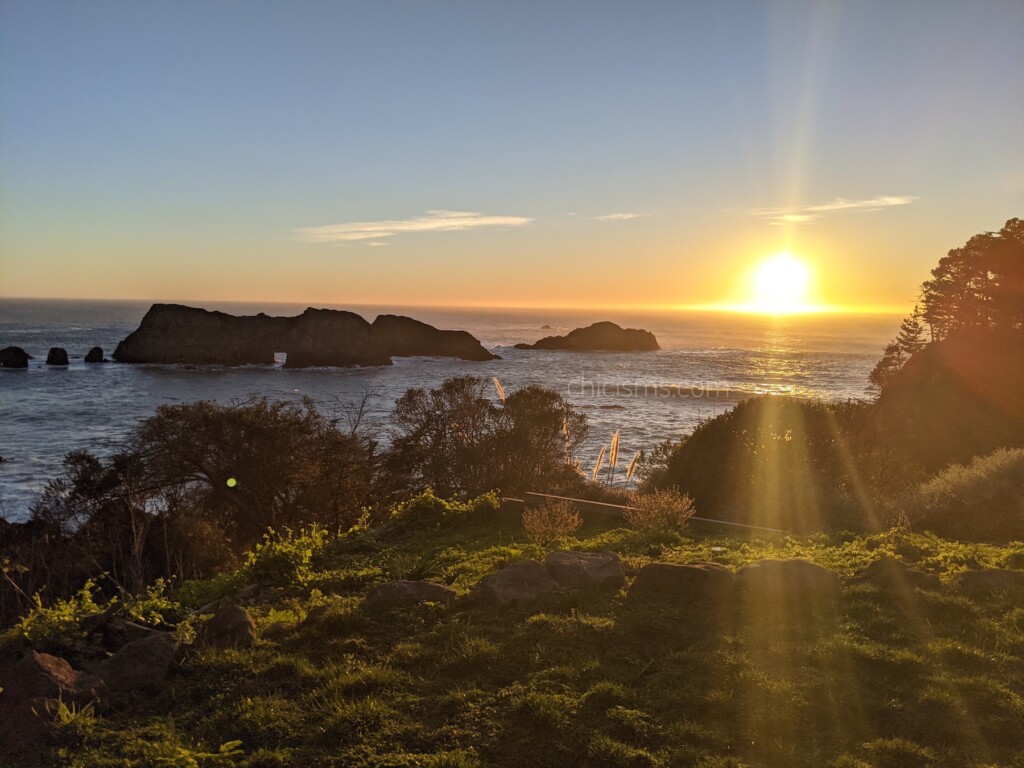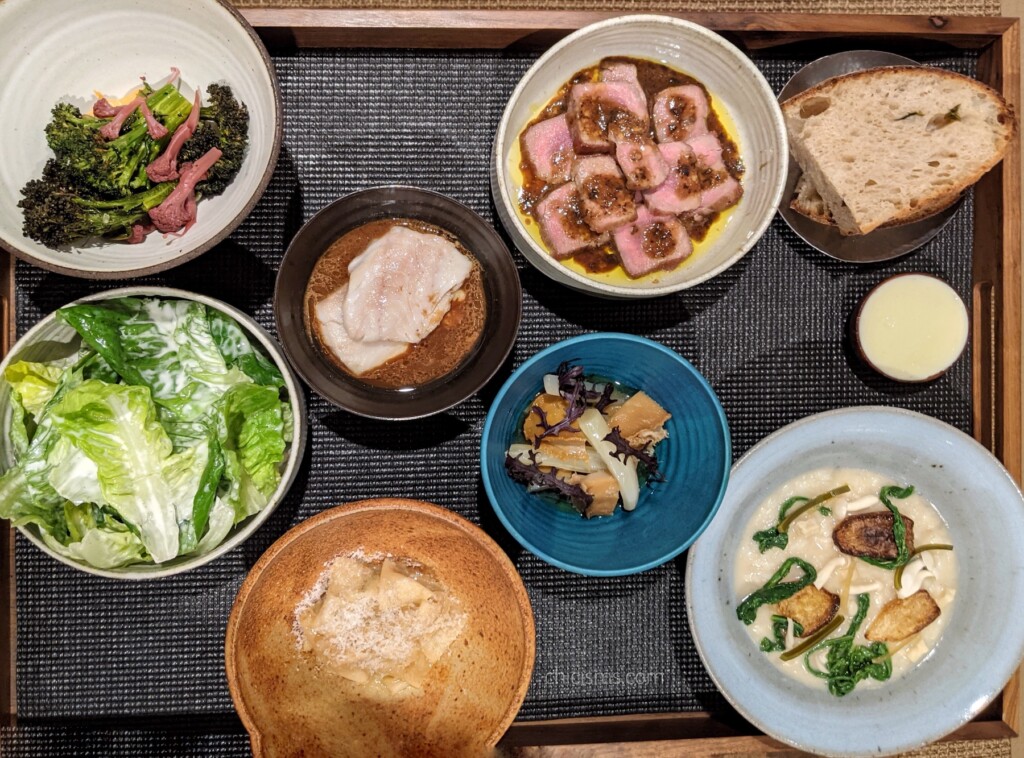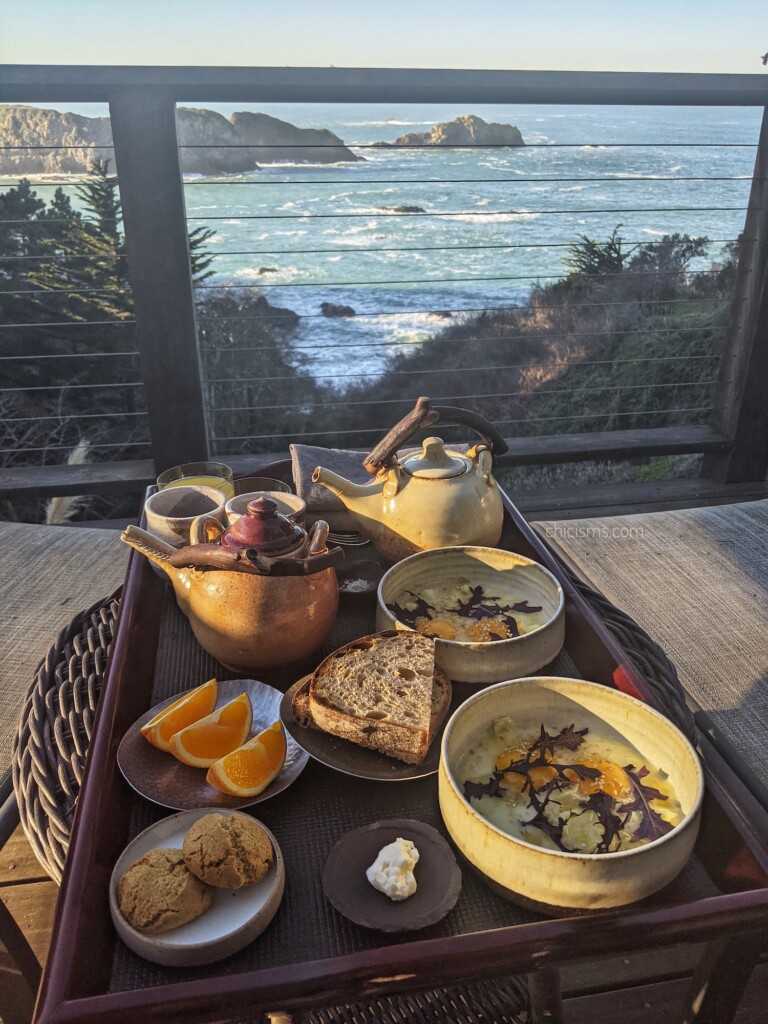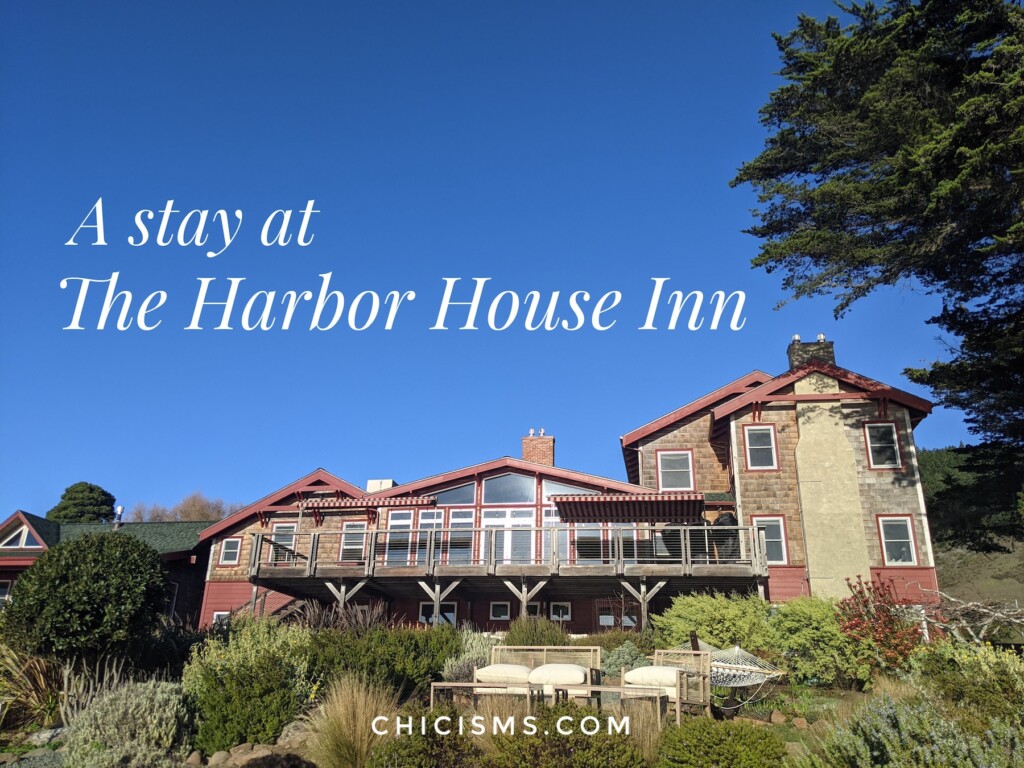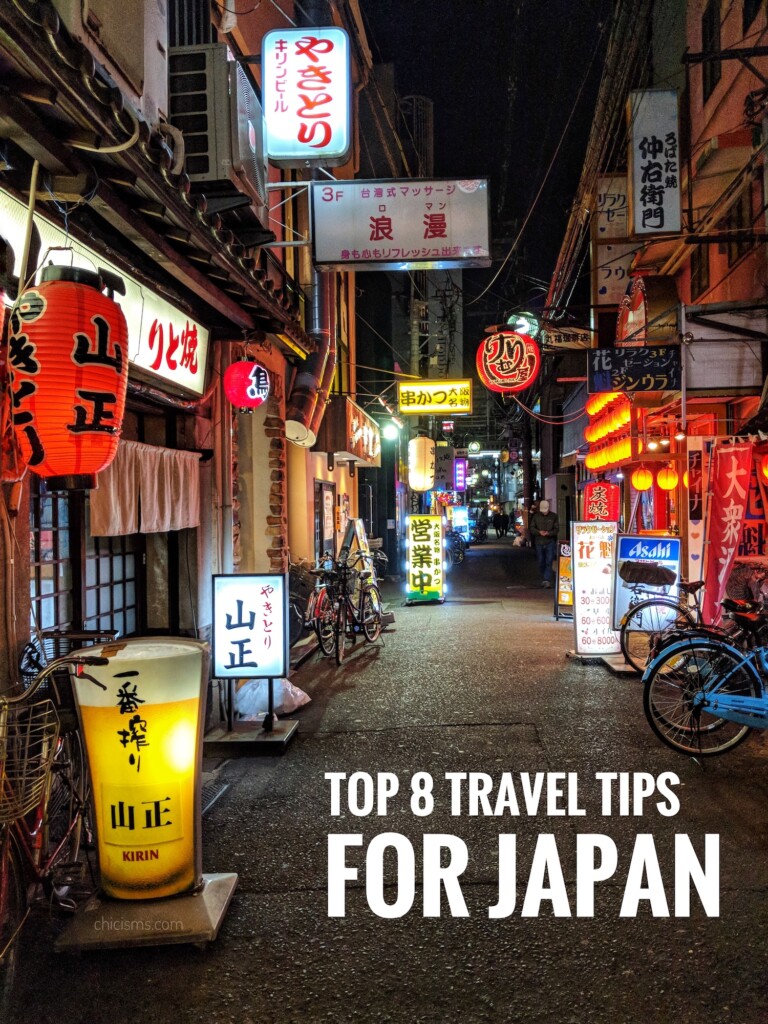Benu opened in San Francisco in 2010, and was the first restaurant in SF to receive 3 Michelin Stars in 2014. They have maintained their 3 stars since, and it’s easy to see why.
Chef Corey Lee helms this restaurant and spins up a tasting menu that incorporates delicate but divine flavors using local produce. Everything on their dinner menu is stunning – and their ‘small delicacies’ are truly small delicacies. So let’s get into it.
The top notes of things you should know:
- The tasting menu is set up with multiple small dishes/starters, 3 main courses, and 2 desserts to finish
- Expect to spend at least 3 hours to enjoy dinner here
- The menu is $375/person, and reservations can be made via Tock
Now let’s dive into the full experience:
The menu in December 2022 started off with “small delicacies” which consisted of nine individual small bites. The first dish to hit our table was a thousand year old quail egg which was a stunning sight just with the colors alone. This dish was a great starter though and had some really lovely complex flavors to kick the meal off.

Continuing the small delicacy section was this stuffed mussel with glass noodles and fine vegetables. This was an outstanding bite, both in taste and presentation!

A jellyfish and fine vegetable salad with hot mustard were served next. Again, the flavors here were so nice and reminiscent of the mustard used in the Korean dish mul-naeng myun (cold noodles in a cold broth), and the bowl used to serve this was gorgeous.

Up next was a cod milt in a bath of three mustards. Again with the impeccable presentation and colors. This was a delightful dish.

And then we had a truly perfect shrimp tempura dusted with pine needles.

A flowering tofu dish came out next, and it was really a beautiful tofu that looked like a flowering sea anemone.
Onto the seventh small delicacy – crispy frog leg sautéed with chili. Hidden beneath all those chilis was an incredibly crispy frog leg with a punchy, delicious flavor. I don’t think I’ve ever had frog legs before, but this is a frog leg I would eat again and again.

The acorn taco was next. And this was filled with iberico ham and black truffle shavings. Need I say more? This was melt-in-your-mouth delicious.

Wrapping up the “small delicacies” section was bread and orange blossom infused honey butter.
The last starter, separate from the “small delicacies” above, was the lobster xiao long bao with homemade soy sauce and vinegar. This was perfect in every way, and a great finish to the starters section of the menu.

All the starters acted as a fun – and not too filling – entry point and introduction into the flavors before you get into the rest of the meal.
Following these starters was the next course which was a choice between three options. I went with the short grain rice with raw spot prawn and pollock roe, sesame leaf, pickled salsify, and rock seaweed.
The other two options were 1) charcoal noodles with sauteed black bean sauce, giant squid, fresh and dried caviar, and 2) jasmine rice cooked in gamasot (min for 2) with monkfish liver sausage, trout roe, calabash gourd.

The next course was another option between three. You could choose between 1) mulwhe with iced water, kimchi broth, cured fluke, sea urchin, oysters, radish, seasame eaf, seaweed, 2) whole abalone roasted in butter, potato, red cabbage, green peppercorn sauce, or 3) roast turbot in a delicate fish broth with minari, sunchoke, picked white beets and beet glaze.
For the final of the main courses, you finish with the meat course. Here too, you were able to choose between three dishes. I went with the barbecued quail with celery root and branch, house xo, black truffle. (The other two choices were a coastal pré salé lamb ribeye, and a steamed pork belly slices and charcoal-grilled pork cheek).
I was sold on the quail when the waiter mentioned the chef had been working with the purveyor of the quail for over 20 years, and the purveyor Brent Wolfe, has been raising quails since 1983. He’s dedicated to raising the best quail and it shows.
The whole barbecued quail was presented before your meal and accoutrements come out. The beautiful quail, and the smoky aroma that came with it, spoke for itself. I still think about how perfectly this quail was cooked.

This dish was also fun as it came with a black truffle bao so you could turn the quail into a quail bao sandwich. (However, the black truffle sauce and bao came out mid-way through finishing the quail. Think that might’ve just been a fluke for me as it should be presented with the rest of the meal at the same time?). Regardless, still a delicious dish!

Finally, two desserts to finish! The first one served was omija and olive oil. This one hit a lot of flavor notes as you enjoyed it – from savory, to slightly salty and bitter, to sweet. I’ve never had anything like it and wasn’t sure how to feel about it at first, but it grows on you and is really delicious experience and great way to start wrapping up the meal.

Another unassuming but show stopping dessert described as “milk pudding with salt, smoke, peat” came to the table afterwards. And this was absolutely delicious. The caramel had a sweet, smoky flavor and I wouldn’t mind if it was just poured on any other dessert I’ve ever had.

The meal rounds out with a pine needle sikhye. Sikhye is a sweet Korean drink made from malt and rice. It’s sweet and tasty by itself, but I’ve never had it flavored in any way or even steeped with pine needles, and served with some frozen icy sikhye. This was a refreshing finish to the meal (and continues the theme of bright green things in this meal, although I would’ve loved to finish on something warm in the midst of winter).

All in all, Benu is a must-visit in San Francisco if you’re in the mood for a one-of-a-kind experience when it comes to flavors and dishes.
You can make reservations on Tock. Reservations are released 30 days in advance at 10am PT. I’d recommend booking as soon as that reservation window opens at 10am in order to get the date/time you prefer (especially if it’s for a Friday/weekend at 5:30pm).
Let me know if you’ve been to Benu in your comments with your thoughts, or if you’re planning to go!



